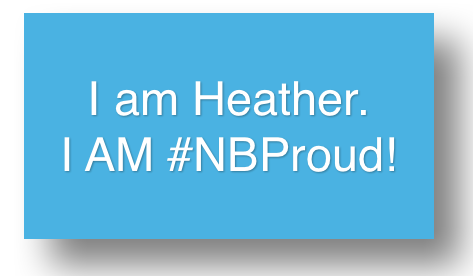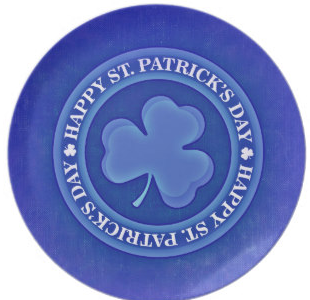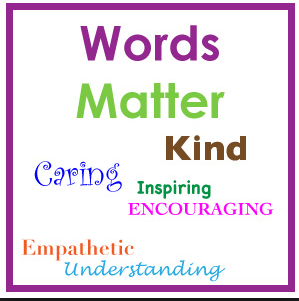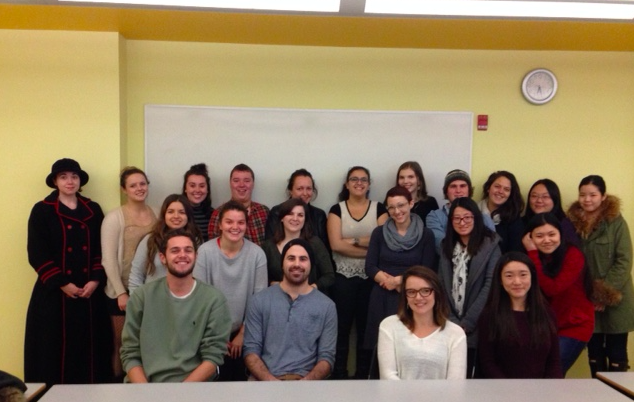The New Brunswick Challenge – Can You Rise to this Challenge?
If you live in New Brunswick, keep reading. If you don’t it’s your choice whether you want to take the New Brunswick challenge or not, but it is a real challenge that I am issuing to my fellow New Brunswickers – can you rise to this challenge?
So, maybe you were born in New Brunswick and chose to stay here. Maybe you went away to school, but returned afterwards. Or, perhaps you went away to see the world and work “somewhere else” for a while, but returned to raise a family. Maybe you weren’t born here, but moved here for a career, you married a New Brunswicker, or for some other reason. Regardless of the reason, you have chosen to live here. And yes, let me be clear. If you live here, you choose to live here. At any given time you can “choose” to leave. You can always move somewhere else. That is the beauty of living in a free country – a democratic society.
So, what is the challenge? I challenge you to think differently about a number of topics listed below and to share your thoughts on social media. I challenge you to stretch your thinking and to propel your thoughts to that of solutions and positives rather than complaining and negatives. So, let’s give it a try with the following:
- How many of you have watched the #NBProud videos available here? How many are familiar with all the companies in the videos? How many of you can think of other great companies right here in New Brunswick? How many of you have shared these videos?
2. How many of you know that the snowblower was actually invented right here in New Brunswick….Dalhousie to be exact? Cool, isn’t it? Innovation right here at home…and in my home town.
3. How many of you know that New Brunswick has one of the most vibrant start-up communities in Atlantic Canada. How about Canada? Well, we do.
4. How many of you know that UNB’s BioMedical Institute is one of the top five IN THE WORLD? Again, this is true!
5. Did you know that there are countless jobs in New Brunswick that go unfilled each year because we don’t want to do them? Just ask the Harvey’s of Maugerville. After years of farming, the family has decided to sell their farm because they couldn’t get workers for the countless acres of vegetables. Did you know that immigrants often have to fill this void. It’s true. So, no they aren’t taking our jobs. They are filling a very necessary void to ensure our food security and helping support “buy local.”
6. Did you know that there are countless immigrants who come to this country and create new businesses. Just ask Sam Masry who came to New Brunswick from Egypt and established CARIS 37 years ago. Oh, did I mention that CARIS employs more than 200 people, including engineers and IT professionals? What about Dr. Ali Ghorbani who established Ara Labs, which has grown into Sentrant and employs IT professionals in the cybersecurity field? So, no they aren’t taking our jobs. They, among countless others, are creating companies and jobs for New Brunswickers!
7. Did you know cities, provinces/states and countries around the world actively go out and seek companies to expand in their regions and offer financial incentives? Did you know that this is a normal attraction practice and it is not unique to New Brusnwick? In fact, because this is a competitive process, where New Brunswick is competing with well-known cities like New York and San Francisco for jobs, we often rely on the selling point of the quality of our people – New Brunswickers, quality of life and sheer determination to win the expansion plans of major brands? Again, this is true. And the end result? More jobs for New Brunswickers. As a former Salesforce employee, I can attest to this. Working for Salesforce, I got exposure to people and expertise that I would not have otherwise achieved, unless I moved away. The experience, including having worked for a publicly traded company, was priceless.
8. Did you know that the McDonald’s McFlurry was created in New Brunswick? It was…in Bathurst to be specific.
9. Did you know that the software used to locate J.F.K. Junior’s crashed plane was created in New Brunswick? Did you know that the Franklin Expedition’s lost ship was found by that same software? Well, it is true. That little company I mentioned above…CARIS…ya, it was their software.
10. And, here is a good one I heard about in the last year and after some google searching, I found out it was true…did you know that the movie E.T. was written in Zionville? William Kotzwinkle and his wife Elizabeth Gundy, moved up here during the Vietnam War. They even built a house.
11. Did you know that there is no such thing as the status quo? So many people talk about “if things would only stay the same” or “why do we need to attract more people or companies?” The answer is simple. Nothing stays the same. If we aren’t proactive our population will age. People will die. Companies will cease to exist. Our tax base will decrease. This is not sustainable. This is why all active and intelligent communities are always looking to attract and retain people and business. It’s in our greater interest.
12. Did you know that UNB was named the most entrepreneurial university in Canada? Well, it was!
13. And finally, did you know that Google Earth uses technology developed by UNB? Yup, that is also true!
I have been fortunate to live in New Brunswick all my life. I have been fortunate to work for companies that have enabled me to travel and work around the world. Because of this I realize and I appreciate what a wonderful place New Brunswick is. I am #NBProud. I choose to live here. I see the potential and I want to change the narrative. I want to tell people about all the wonderful things that are happening here. If we constantly go looking for what is wrong versus what is right, we will always find the bad. I was at a session today where the founder of a local company that exports to more than 20 countries said it best: “if you think you live in a shit hole, then you will live in a shit hole.”
If you believe you can, then you will. If we believe that we have talented and innovative people and companies in this province, which we do, then we need to shout it from the roof tops. We MUST believe in ourselves before others can believe in us.
So my challenge to you is to be #NBProud and to share your #NBProud moments. Share one exciting and powerful story each day for a week on social media. Can you rise to the challenge?










